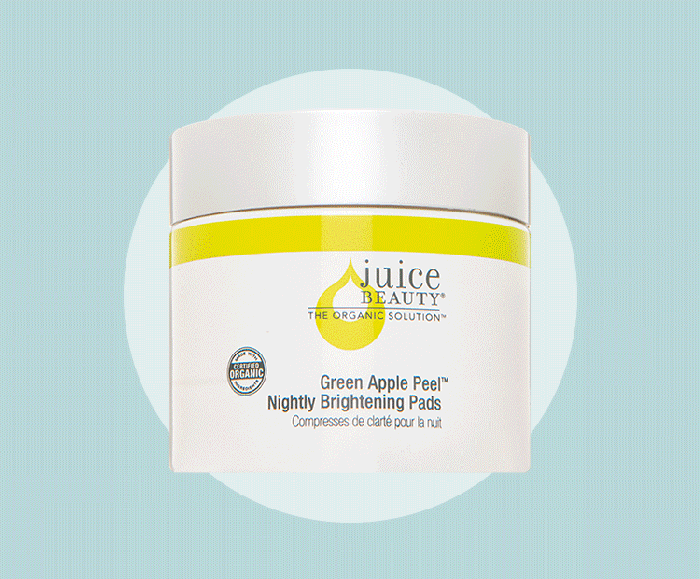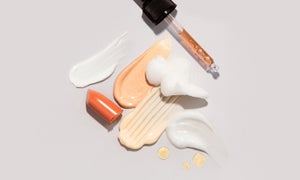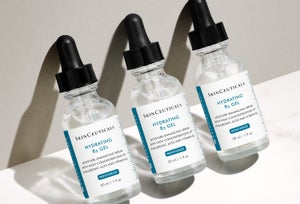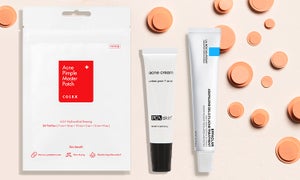You know those pesky dark spots that make your skin tone look all uneven? They’re more than mere freckles; they’re mostly caused by sun exposure and damage over time. “The sun and elevated hormone levels cause melasma and patchy brown areas, often involving the forehead, lateral cheeks and upper lip,” explains
Heather Rogers, M.D., board-certified dermatologist at Modern Dermatology in Seattle. The good news is that you no longer have to head to your local esthetician or dermatologist’s office and splurge on an expensive treatment to lighten these dark spots and even out your skin tone. There are a myriad of at-home peels that do the hard work of sloughing off dead skin cells to reveal younger, brighter skin cells, with some being everyday pads versus weekly treatments, says Dr. Rogers. “Most options include a combination of
alpha (AHA) and beta (BHA) hydroxy acids,
antioxidants and
retinols.” For those with sensitive skin, who may be even more afraid to peel away, start out with an AHA like glycolic acid, which may be more gentle than other AHAs and BHAs. “
Glycolic acid is very safe and effective at lightening brown spots through gentle chemical exfoliation,” says Dr. Rogers. “With repeated use any burning sensation usually improves, but if it gets too stingy, you can neutralize with water and then follow with a bland moisturizer.”When using at-home brightening peels, pay close attention to the recommended usage. Dr. Rogers even suggests using it less often than directed to make sure you don’t overdo it. “Once your skin is irritated, the raw skin will take even longer to recover.” She recommends using an at-home peel at night so your skin has enough time to recover before being hit with the sun’s rays. In the next several days post-peel, make sure you protect that newly exposed skin with a thick, hydrating moisturizer. “If you have ‘tough’ skin and want to experiment a bit, apply an antioxidant serum to bump up its absorption,” Dr. Roger suggests. Just remember—a peel should take the place of your exfoliant for the time being, since it plays the same role. Over-exfoliation will only lead to severely dry skin that’s more sensitive and susceptible to signs of aging. Ready to take the next step towards brighter, lighter and healthier skin? Here are six of the most effective and worthwhile brightening peels on the market today.








